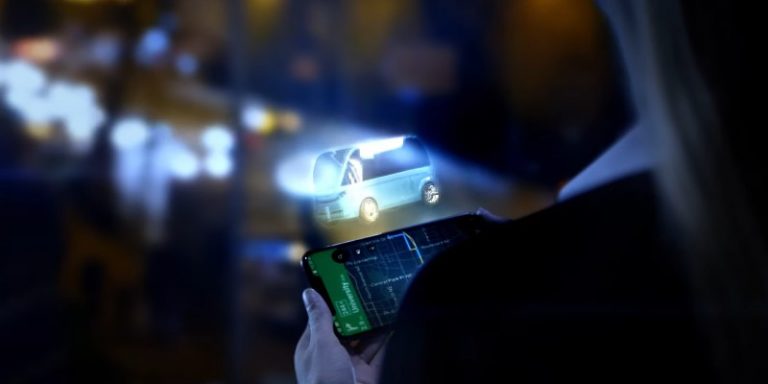
In 2018, several studiesdemonstrated how deep learning would enable practical applications for holograms. In research supported in part by Sony, researchers at the Massachusetts Institute of Technology (MIT) have developed a new method for producing three-dimensional holograms, based precisely on deep learning. These holograms could be useful for 3D printing or to improve virtual reality systems.
Holograms, an alternative solution to virtual reality as we know it
Unlike holograms, which offer a 2D or 3D representation of an environment or a person, virtual reality creates an illusion of 3D visualization even though the user is looking at a 2D screen from a fixed distance with the help of his device. For the moment, this mechanism has not replaced televisions, smartphones or computers in the context of viewing an image or video, particularly because of the eye strain and nausea generated.
The researchers therefore tried to turn to holograms, which allow the eye to adjust the focal depth to focus alternately on the foreground and background, thus avoiding the unpleasant effects sometimes associated with virtual reality. They tried to create computer-generated holograms as a first step, but this process requires a supercomputer. This process requires a supercomputer, which involves physical simulations, which take time and give results that are not necessarily satisfactory. To generate a holographic image, the system can take several minutes.
But this year, researchers at MIT have conducted a study to find a way to produce good quality holograms, and almost instantly. Their research was the subject of a paper written by Liang Shi, Beichen Li, Changil Kim, Petr Kellnhofer and Wojciech Matusik.
Deep learning to speed up holography
To avoid using a clustered supercomputer to run the physical simulations needed to design a hologram, Liang Shi’s team took a different approach: making the computer learn these physical simulations. They used deep learning to speed up the process of computer-generated holography, allowing for real-time hologram generation. The team also designed a convolutional neural network to achieve the desired result.
Next, the research team built a custom database consisting of 4,000 pairs of computer-generated images. To create the 3D holograms for this database design, scenes with varying shapes and colors were used to distribute the pixels evenly from the background to the foreground. These holograms were then used to train the model.
By learning from each pair of images, the system fine-tuned its computational parameters, successively improving its ability to create holograms.
A possible use for 3D printing
Real-time 3D holography would improve a wide range of systems, from virtual reality to 3D printing. The team says the new system could help immerse virtual reality users in more realistic landscapes, while eliminating eye strain or other side effects from long-term virtual reality use.
Three-dimensional holography could also spur the development of volumetric 3D printing, the researchers say. This technology could be faster and more accurate than the traditional layer-by-layer method, because volumetric 3D printing allows the entire 3D pattern to be projected simultaneously. Other applications include microscopy, visualization of medical data, and the design of surfaces with unique optical properties.
Translated from Des chercheurs du MIT ont utilisé le deep learning pour générer des hologrammes 3D instantanément









